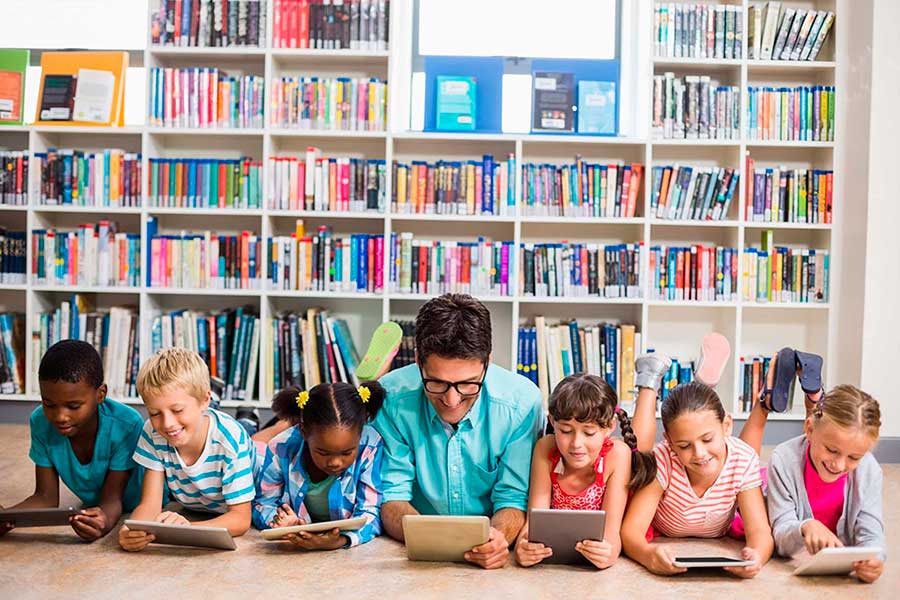The education world has always been full of buzzwords and acronyms. Blended courses or blended learning is the technical name for a practice that is actually very simple. This trend has only become more entrenched since the advent of digital learning. There are now so many ways for us to take on new information – whatever our age, educational status, location, interests, ability or learning style – and there are so many names for each new learning model.
In blended courses, students learn using a range of different techniques. This includes both traditional classroom learning; when a teacher stands at the front of the room and delivers in-person lessons, and online learning; where students can individually log into a cloud based software practice at a time that best suits them.
This type of learning is fast becoming standard. This is true within a whole range of different educational organisations: professional training providers, schools, universities…
There is a very good argument to say that blended learning is one of the most effective ways to transfer knowledge. Online learning for schools is now very normal, and children as young as four or five years old are generally very familiar with the technology that supports this kind of learning.
So, can blended courses be effective in schools? We feel that the answer to this is a resounding yes.
Here’s why blended learning and online learning for schools can be so beneficial:
#1. Blended courses make it easier for students to learn at their own level
Within the classroom environment, the teacher generally manages the educational progress of thirty or more students, all of whom will be working at a slightly different level. In a traditional classroom set up, the teacher would generally manage this by aiming their materials somewhere in the middle of these abilities, meaning those students who are at the high or low end of the ability spectrum would not be getting their needs fully met.
When schools use digital resources alongside traditional teaching practices, it makes it possible for each student to work at their own level with support from the teacher when necessary.
#2. They give students more control over their own learning experience
Not everyone learns in the same way. Online learning for schools gives each student the opportunity to work through materials at their own pace. They can revisit certain resources as often as they choose, or even skip over any that they’re already comfortable with.
Students can also choose to do as much outside of school hours as they choose, at a time and in a place that works well of them.
#3. They make the homework process far easier to manage
Before the growth of the digital world, setting homework meant sending students home with assignments or worksheets and they would return them in hard copy form. In blended courses or blended learning practices, teachers can use online resources to set homework, and students can complete assignments on their devices.
#4. Blended courses can cut educational costs
There’s evidence, like this study by the Mid Sweden University, to say that online learning for schools helps to cut educational costs such as textbooks, stationery and other learning consumables. This is good as it means schools can free up more of their budget to spend on longer lasting resources for students.
#5. They can improve the students’ attitude to learning
It is a fact that online learning in blended courses and the use of tech in the classroom can help to improve young people’s attitudes to learning. This is partly because digital resources tend to be more engaging and interactive, and partly because tech can make it easier for students to stay in touch with teachers and tutors.
#6. They make data collection and progress tracking far easier to manage
One of the most time consuming aspects of being a teacher is marking work and curating learner data. Of course, it’s imperative for teachers to keep track of how their students are doing, but this process can leave teachers with less time to plan high quality learning activities.
The technology designed for online learning for schools can help with this. Much of this data collection is done automatically. This means that teachers can see at a glance how well each student is doing and which topics it would be helpful to revise as a group.
How do these benefits sound? If you’re interested in learning more about how effective blended learning can be within a school environment, you’re in the right place. We have a blended learning methodology that’s specially designed for schools and universities. We’re always keen to talk about how we could make it work for you and your organisation.


